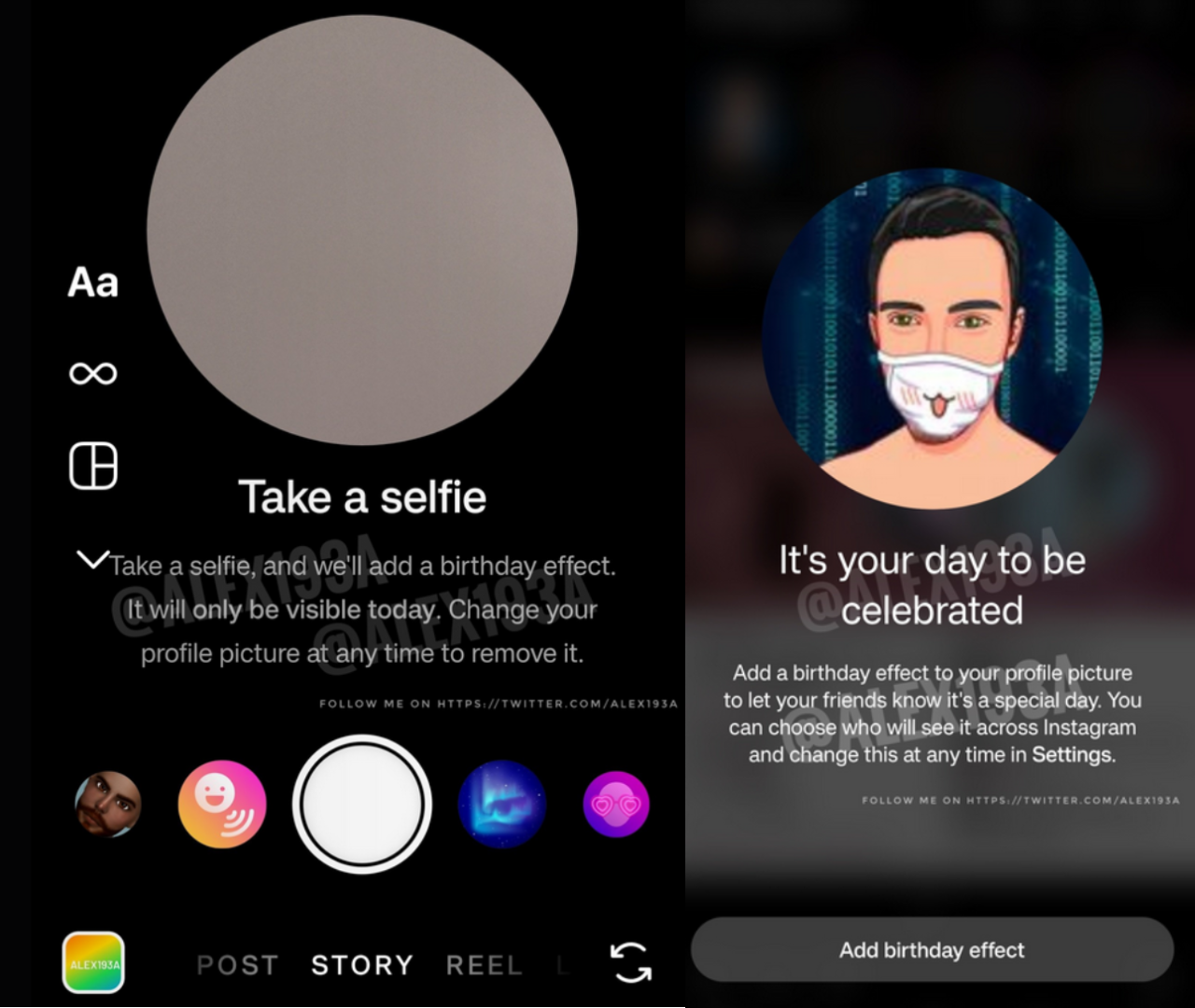Twitter reveals how its algorithm works
Twitter publishes tweet-ranking algorithm
Promised last month by head of Twitter Elon Musk, Twitter has posted the code of its recommendation algorithm online. The move marks an effort for more transparency about how tweets are shown in timelines.
In a blog post, Twitter explained their reasoning behind posting it.
“On GitHub, you’ll find two new repositories (main repo, ml repo) containing the source code for many parts of Twitter, including our recommendations algorithm, which controls the Tweets you see on the For You timeline. We’re also sharing more information on our recommendation algorithm in this post on our Engineering Blog. For this release, we aimed for the highest possible degree of transparency, while excluding any code that would compromise user safety and privacy or the ability to protect our platform from bad actors, including undermining our efforts at combating child sexual exploitation and manipulation.”
You can find a simplified explanation for non-devs here.
The blog post also clarified this algorithm is only for normal posts, not paid ad content.
In short, Twitter’s algorithm is now seeking to promote more topical engagement in the “For You” side of the app. Twitter filters influential accounts into topics (things like “news, football, politics, etc.” categories, then uses that as the blueprint for deciding what category the tweets should go in.
Essentially, there are certain top-tier accounts that several thousands to millions of users congregate around. The more that users in a community cluster like and share some kind of content, the more that content will be associated with that cluster of people.
So a funny video of a baseball tripping and just EATING it at a baseball game will gain traction in communities that like “wipeout” videos of people falling off skateboards or suffering the consequences of a dumb stunt, but that same video likely won’t get popular in the sports crowd.
As Twitter explains in the same blog post,
“One of Twitter’s most useful embedding spaces is SimClusters. SimClusters discover communities anchored by a cluster of influential users using a custom matrix factorization algorithm. There are 145k communities, which are updated every three weeks. Communities range in size from a few thousand users for individual friend groups, to hundreds of millions of users for news or pop culture. The more that users from a community like a Tweet, the more that Tweet will be associated with that community.”
Court order hands Twitter win in pursuit of source-code leaker
While Twitter’s tweet-ranking algorithm has been made public, Twitter is still bent on tracking down the person who published the site’s source code last week on GitHub, a hosting service for software devs.
And now, a California court will be granting the social media company’s request.
Per Bloomberg,
“GitHub must provide personal identifying information associated with the account FreeSpeechEnthusiast by April 3, according to the order signed by a court clerk on Tuesday. Github didn’t immediately respond to a request for comment.”
Source codes form the foundation of a website. The source code leak presents a high-risk scenario for Twitter, both from bad actors looking to abuse information from the source code, as well as competitors who could take “inspiration” from data within.
Instagram Tests New Birthday Profile Effect
Instagram is tinkering with a new option to celebrate your birthday with a special birthday photo filter only available on the big day.
Screenshots by app researcher Alessandro Paluzzi shows the app would prompt the user to take a selfie before adding a “birthday effect.”
As shown in the screenshots, this new feature would work both to celebrate as well as remind others it’s your birthday.



